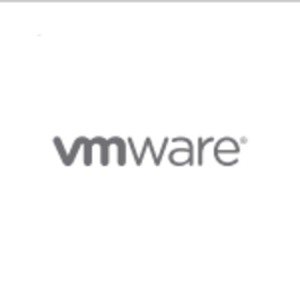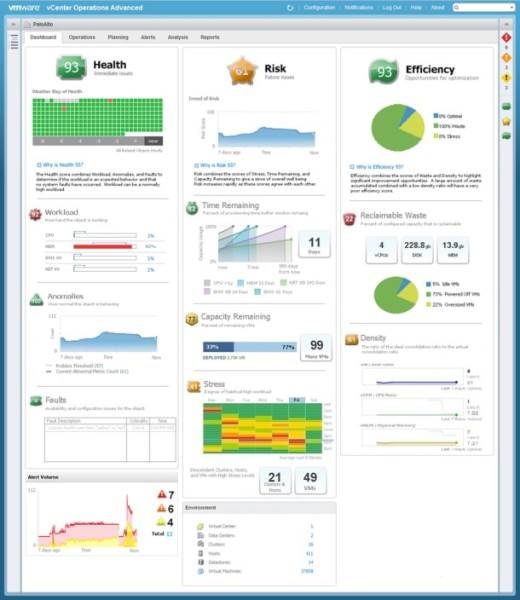Not long ago, there was a service and its service provider. When an enterprise outsourced a service such as e-mail or collaboration or CRM to a provider outside the data center, that provider was the sole source. So migration of the service between sources was not an issue.

Now, it is. Services like these are becoming commodities, and IT shops are shopping around for the most competitive deals, almost like a smartphone user searching for the carrier with the best data plan. But the swap-ability of services makes it literally impossible for some existing IT management tools to cope with change. So today’s introduction by VMware of new tools for its vCenter Operations Management Suite wasn’t just an upgrade. It’s a vital necessity.
“The cloud ownership model is changing. IT is no longer the full provider of services; it’s becoming more of a broker of services.” This from Rob Smoot, VMware’s director of product marketing for management tools, speaking with RWW. “There’s renting, and all different types of models with cloud. And at the same time, there’s not visibility down to the lower layers of the infrastructure – for example, when you’re running something on Amazon. There’s a separation happening of the various layers of the IT stack. As a result, you need a different management approach.”

One of the key additions to VMware’s virtual data center infrastructure management suite focuses on vCenter Operations, its key operations manager console. As VMware announced this morning, the new vCenter Operations Management Suite (quite a mouthful) not only presents a completely revised, well laid-out dashboard (shown above). It will also include capacity planning and other analytics tools, the purpose of which is to give IT the data it needs to determine how best to allocate and re-allocate resources. This includes the ability to shift services between providers and local resources, which is critical for maintaining a hybrid cloud.
“For an IT operations shop, first and foremost with the analytics, you’re cutting through the noise,” says Smoot. “There’s so much noise from all the low-level alerts that pop up. Analytics can help determine when there’s really an issue. Then when there is an issue, you have performance, capacity and configuration all in their own context.” For example, as the admin, you can see dips in overall performance and drill down to determine that a system or application patch was delivered within the same time frame. The vCenter OM console then presents you with the appropriate tools for remediation.
Suppose a set of new applications were provisioned onto a resource pool. You’ll see indicators and warnings that let you know you should allocate additional capacity, or perhaps move certain other virtual machines out of that same resource pool. So rather than just a scoreboard full of blinking histograms, you can navigate the chain from symptom through to causes, and forward to potential remedies.
Integrating virtual data center capacity planning into vCenter OM marks a change of strategy for VMware, which had been offering CapacityIQ as a separate suite component. Smoot tells us that the functions CapacityIQ had been providing (and, for the foreseeable future, will continue to provide) separately, will now be available as tools for issue remediation and performance improvement in the vCenter Configuration Manager console.
“Traditional management tools are bending and breaking,” explains Smoot. “They’re built separately from the system, and management is kind of an afterthought. And these vertical stacks that management is built around are designed not to change, and they don’t adapt well in a dynamic environment. They’re also very complex – different tools map to different disciplines, and they all come together through orchestration outside of the system… What we’re trying to do is embed management into the platform layers. You can automate away management.”
Tasks such as dynamic workload balancing, maintaining high availability and providing for fault tolerance used to be management tasks, says Smoot. Under the new vSphere, they’re done by the system. In turn, tasks that remain not fully automated, and still under some human control, need to be made more visible and understandable to admins, he says, “because there’s so much change happening.”
Edits were made to this article since publication to accurately reflect the alignment of VMware products within their current SKUs.










